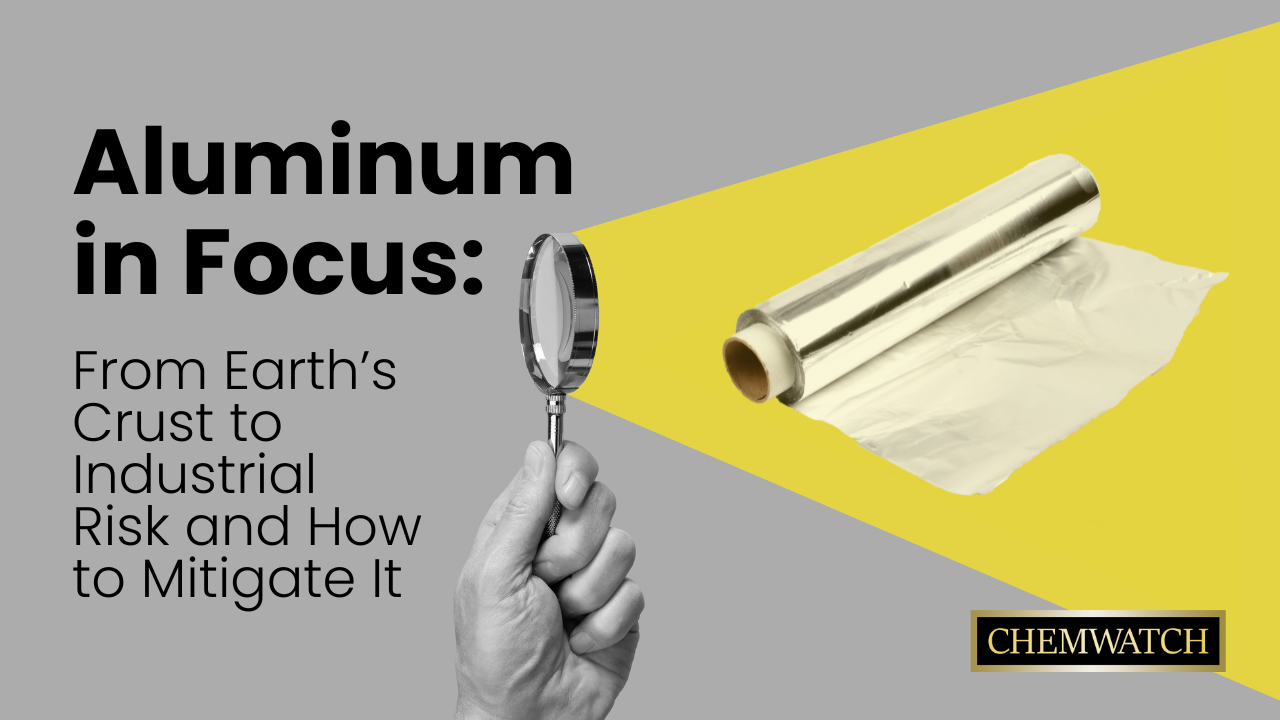
Aluminium is the most abundant metal in the Earth's crust, accounting for roughly 8% of its weight. Due to its high reactivity, aluminium does not exist in its pure metallic form in nature but is instead found in various mineral compounds. The primary ore is bauxite—a mixture of hydrated aluminium oxides—which is processed via the Bayer process to produce alumina (Al₂O₃), then refined into metallic aluminium using the Hall-Héroult process.

Aluminium is ubiquitous in the environment, found in soil, rocks, and clay. Commercial production focuses on bauxite, though other aluminium-bearing minerals include feldspars and cryolite. In 2022, China led global aluminium production with over 40 million metric tonnes.
Sources of aluminium exposure for the general public primarily include diet, aluminium in drinking water, and consumer products. While naturally present in fruits and vegetables, aluminium can also be introduced through food processing, packaging, and aluminium cookware. Additionally, it is found in certain pharmaceuticals (e.g., antacids, buffered aspirin) and personal care items like antiperspirants.
In industrial settings, occupational aluminium exposure occurs in mining, smelting, and manufacturing environments- typically via inhalation of aluminium dust or fumes.
The toxicology of aluminium has been extensively studied, with concerns about both acute and long-term aluminium health risks. While small quantities are generally excreted through the kidneys, prolonged or high-level aluminium exposure can lead to systemic health effects, particularly in individuals with impaired kidney function.
Aluminium’s neurotoxicity is well documented. Elevated levels have been linked to encephalopathy in dialysis patients and, controversially, to Alzheimer’s disease. While a definitive causal relationship is still under investigation, research has found elevated aluminium concentrations in the brains of Alzheimer’s patients.
Aluminium accumulates in bones and inhibits osteoblast activity, leading to conditions like osteomalacia and osteoporosis. It disrupts normal bone turnover, increasing fracture risk—especially in vulnerable populations such as dialysis patients and the elderly.
Inhalation of aluminium dust in occupational settings has been associated with chronic bronchitis, pulmonary fibrosis, and other inflammatory lung conditions. This is particularly relevant for workers exposed to aluminium fumes or fine particulate matter.
Aluminium toxicity can impact the cardiovascular, gastrointestinal, and haematological systems. Reported issues include anaemia, cardiotoxicity, and disturbances to gut microbiota. Aluminium in food and water, when consumed over time, may compound these health risks.
The severity of aluminium toxicity depends on exposure duration, dosage, route (inhalation, ingestion, or dermal), and an individual's health status.
Minimising exposure to aluminium can help reduce long-term health risks. The body efficiently eliminates small amounts of aluminium, but chronic exposure- especially via food, water, and occupational sources- can build up over time.
Tips to Reduce Aluminium Exposure:
For organisations handling aluminium compounds, robust chemical safety compliance is essential. Chemwatch offers tools to manage the risks associated with aluminium exposure across industrial and commercial settings.
Here’s How Chemwatch Supports Aluminium Risk Management:
By leveraging Chemwatch’s expertise, businesses can take a proactive approach to aluminium risk management, protect worker health, and maintain compliance with international chemical safety regulations. To discuss it further - Contact Us today!
Sources